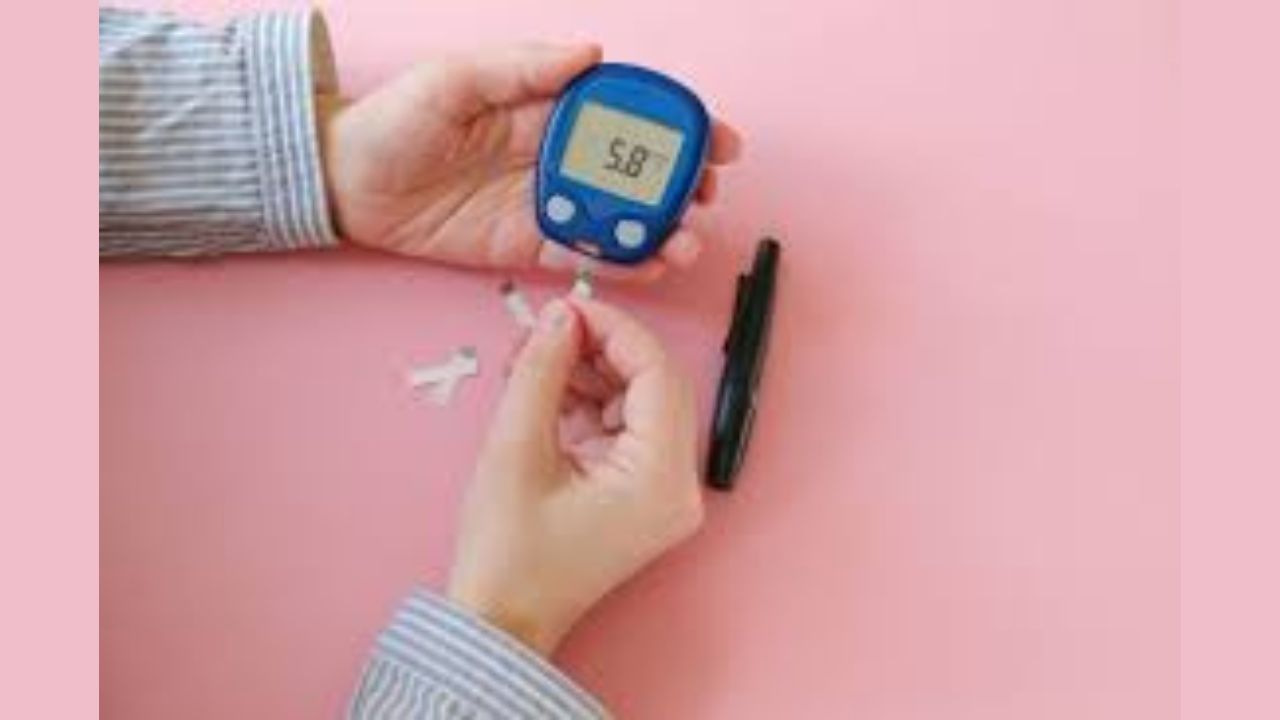Being told you have diabetes can be frightening, but with proper management, you can maintain good health and lower your risk of problems. An easy test to determine someone’s blood sugar levels is a fasting blood glucose test, which measures blood sugar levels after eating or on an empty stomach in the morning.
A fasting blood sugar test is used to determine how much glucose is present in someone’s blood after they haven’t eaten in at least 8 hours. A diabetologist may recommend this test to identify prediabetes, diabetes, or gestational diabetes.
A fasting blood sugar level of 99 mg/dL or less is considered normal, 100 to 125 mg/dL indicates prediabetes, and 126 mg/dL or more indicates diabetes, according to the CDC.
Three practical suggestions for controlling fasting blood sugar levels
Regular exercise
Regular physical activity enhances insulin sensitivity. This implies that your cells will be better equipped to utilize the glucose in your blood.
Protein-rich snacks
When your body is fasting, your liver releases glucose. To avoid early morning increased fasting blood sugar levels, eat a protein- and carbohydrate-rich snack after dinner.
Inhibit your stress
Cortisol, adrenaline, and other stress hormones impair insulin’s ability to function effectively. These hormone levels are already higher in the morning. As a result, stress would cause your fasting blood sugar levels to rise more.

 हिंदी
हिंदी






